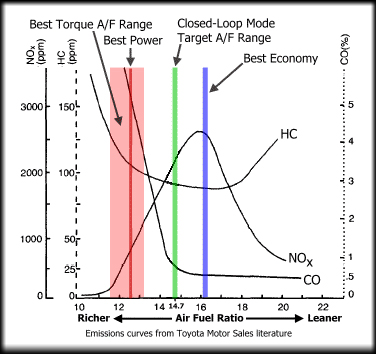It also depends where the cat is.
Some cars have them along the bottom of the car, and easy to access. Others have them on the headers/downpipe (a curved set of tubes coming out the engine to the bottom of the car) - this can locate the cat within the engine bay and a lot harder to get at. And, a lot of cars now have them in both locations (with a main cat under the car and a pre-cat on the downpipe)...
Technically, it's illegal/mot-fail to have either removed, but the mot tester is only tasked with a visual inspection (without the removal of panels) and an emission check. Most cars will pass the emissions with only 1 cat and the one in the engine bay is often hidden by an engine undertray, so it's "safer" to decat that and still pass its MOT (despite the car still technically being illegal). MOT testers cannot be expected to know how many cats there are on every single model of car, so 1 (or what looks like 1) under the car is usually sufficient to pass the visual check.
Ultimately, it depends on the car and where the main restrictions are - e.g. the mk3 mx5 is known to have a decent improvement with the downpipe changed to a better flowing one (which also removals the pre-cat), and it should still pass the emissions check with the main cat under the car.
I think the main push recently with MOT changes has been to check for DPF tampering/removal, so cats are argually in a samilar ball-park and could be under more scruitiny over time.



